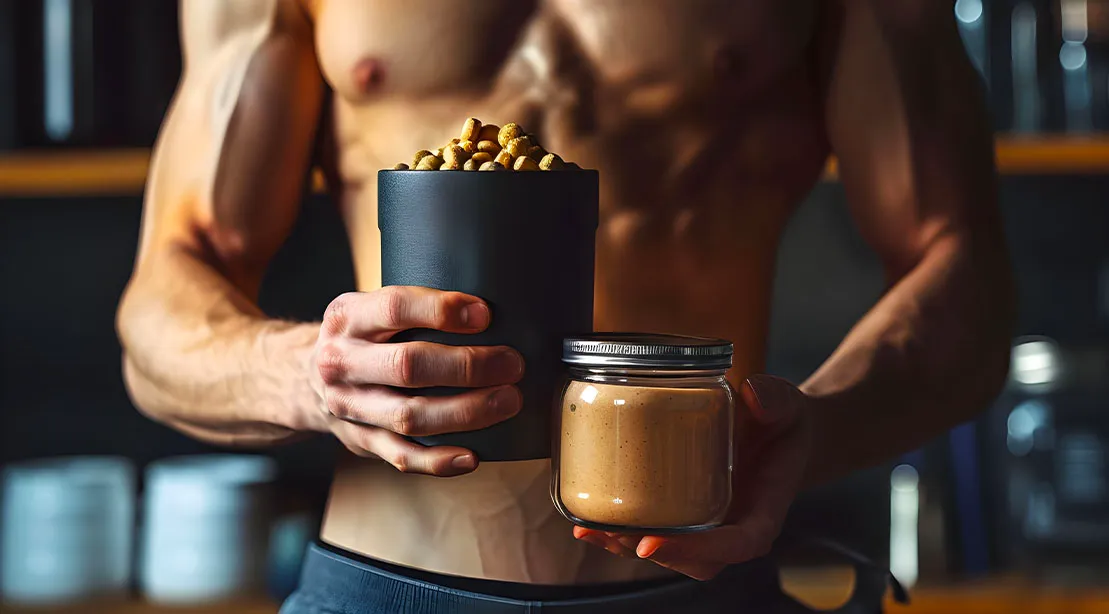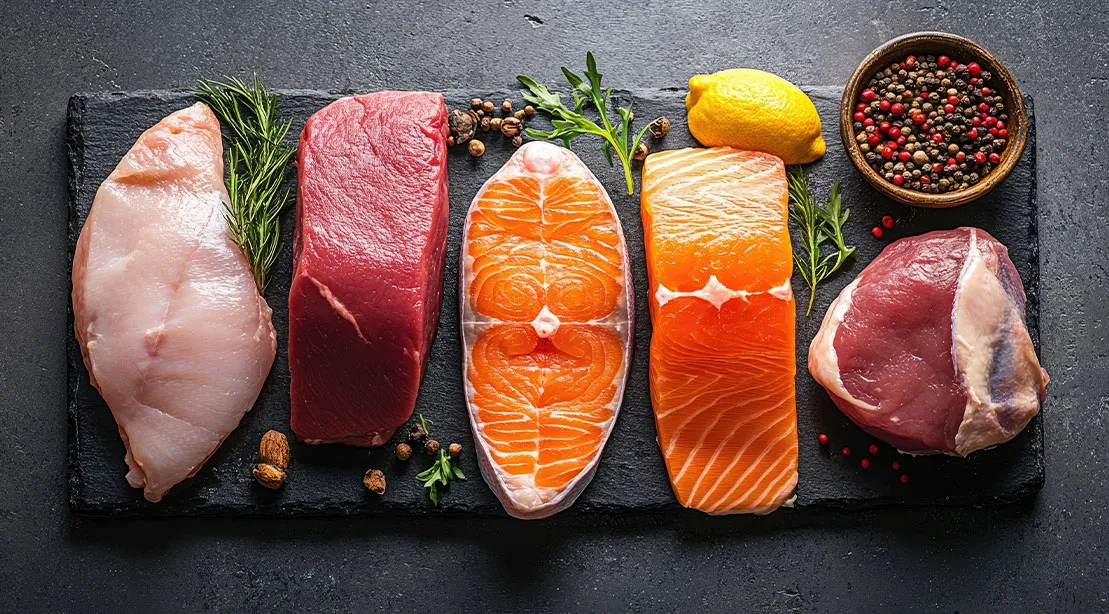Never before have we had a bigger appetite for protein. Everyone seems to be waxing poetic about this macronutrient as it’s being hyped as the means to packing on more muscle and slashing hunger. Indeed, if you are focused on supporting muscle recovery and growth after hitting the gym, feeling less peckish following a meal, maintaining bones of steel, and keeping your immune system firing on all cylinders, then eating enough protein is crucial. So it’s a good thing that more people are becoming aware of their protein needs.
This has left consumers on the hunt for easy ways to get more protein in their diet. And food and beverage manufacturers have taken notice. While protein bars and shakes are still out there in spades, more and more brands are adding protein to many unsuspecting foods. Protein-packed spaghetti and high-protein everything bagels. Chocolate chip cookies with as much protein as a trio of eggs. Watermelon flavored protein gels. Vanilla glazed donuts with 20 grams of protein. Fruity-tasting protein soda. Yes, we are in a golden era of protein-enhanced food. I won’t be surprised if I get a pitch sometime soon for a protein crusted frozen fish fillet or protein-enhanced carrot sticks. It’s never been easier to eat heaps of protein.
7 Day Weather Forecast for SAN DIEGO, CA for October 29, 2025
Despite all the hoopla, we need to proceed with caution when it comes to the crazy world of protein-rich, on-the-go foods. Not all foods and drinks boosted with protein are what you should be eating. Here’s what you need to know about the products beefed up with protein and how to figure out if you should go all-in. Spoiler alert: Foods that are naturally high in protein without a helping hand from food producers are still the best muscle-makers money can buy.
1. Are These Foods Right for You?
Yes, these protein-enhanced foods make it easier to get the necessary amount of this muscle-making macro, but that doesn’t mean you have to pay up for them. As a general rule, active people who are keen on building lean body mass should aim to take in 1.6 to 2.0 grams of protein per kilogram of body weight. That is 130 to 163 grams of protein for a 180 pound guy.
So, yes, that is a sizable amount of protein you need to stuff in every day to hone your physique. But certainly not impossible if you make sure to eat sufficient amounts of protein-dense foods like chicken, eggs, fish, tofu, and Greek yogurt at your meals and snacks. And perhaps a scoop or two of protein powder into your shakes. If you do this, then the need for expensive protein-boosted foods is less pressing. After all, before all these products hit the market somehow we got by without suffering the perils of protein deficiency. Arnold did not have access to bread with 8g of protein in a slice.
The upshot is that you should try to accurately calculate your daily protein intake and then use this information to better understand your need, or not, for foods that are jacked up with extra protein.
2. Protein Quality Can Be Questionable
Perhaps protein chips and steak aren’t created equal. A recent analysis of a lofty 1,641 protein bars published in the journal Scientific Reports found that the quality of protein in most bars on the market is far from ideal for building muscle. For the study, researchers analyzed the protein content, source, and nutritional quality of numerous widely available protein bars.
Although 81% of the protein bars analyzed were considered high in protein from sources like whey and soy, when the protein sources were processed into bar form, digestibility typically dropped significantly.
The study authors surmise that the low numbers can be attributed to the use of lower-nutritional-quality proteins (such as collagen) and other ingredients such as carbohydrates, fats and fibers that may deteriorate the bioaccessibility of essential amino acids. So 20 grams of protein from a bar may not be equivalent to the same amount of the macro from a hunk of chicken. Another reason to focus on eating mostly whole food sources of protein. Certainly, research like this should make us question the protein quality of certain processed foods like bars.
3. Don’t Overlook Nutrition
For good reason, we have associated protein with health, but this is certainly not always the case. Just because a product as amped up their protein does not make it a nutritional hero. Never forget that protein can be just one aspect of a food. If a protein-fortified food or beverage is also laced with added artificial sweeteners, sugars, refined grains, abundant fat calories, emulsifiers, salt, and an assortment of tongue-twisting additives then you have to start questioning whether that extra protein is worth the overall nutrition cost.
For instance, I’ve come across some high-protein cereals that have more grams of added sugars than grams of protein. Protein pretzels with plenty of refined grains and sodium can still be considered ultra-processed, despite giving you way more protein than your standard ballpark option. Do your due diligence and read package labels carefully to make sure all that protein doesn’t come with too much nutritional baggage.
4. High Protein Means Different Things To Different Brands
Not all foods advertised as being a protein heavyweight are true to their marketing. It’s easy to find so-called protein bars, protein granola, and protein candy that don’t deliver much more than the normal option. Protein has become a marketing term and some brands are leaning heavily on this without delivering the goods. Don’t believe the front-of-the-package hype until you determine for yourself how much protein the product has. There is no regulated amount of protein that a product has to contain before saying it is ‘high-protein’, but sage advice is that a protein-fortified food or drink should give you at least 8 to 10 grams in a serving.


